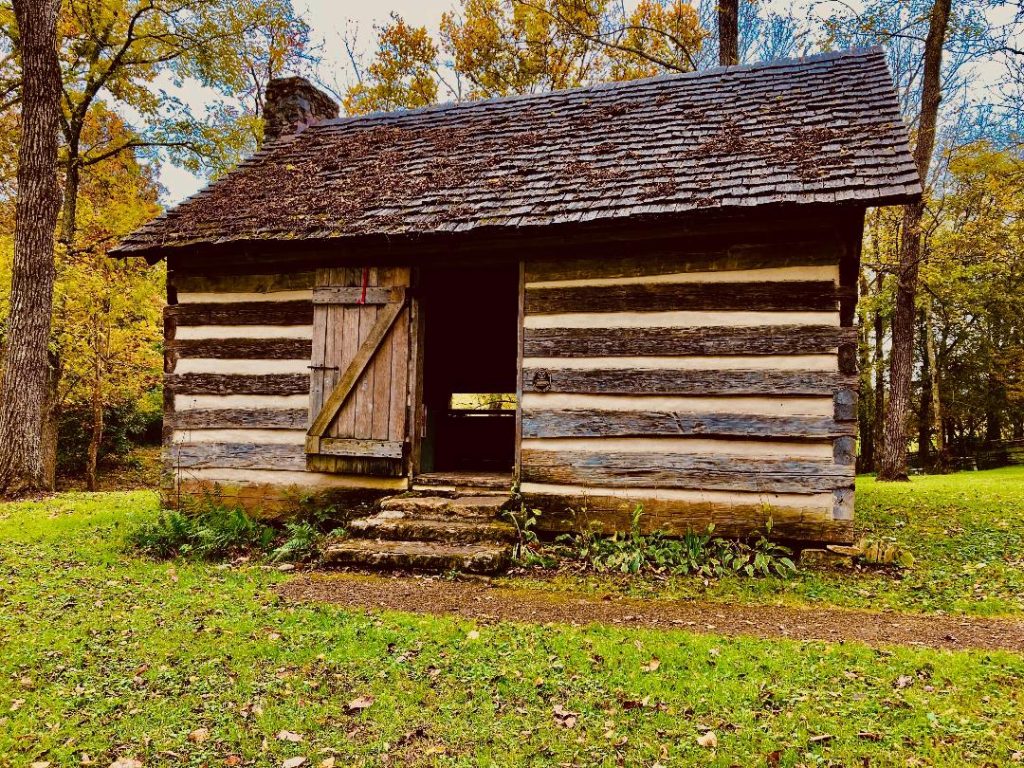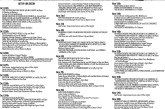
Bringing a remarkable legacy to life
The Sam Houston Historic Schoolhouse site, located at 3650 Old Sam Houston School Road in Maryville, is a living memorial to an iconic individual, a man whose legacy still lingers in the minds and hearts of the people of both Texas and Tennessee.
Samuel Rutherford Houston had a remarkable, multi-faceted career that saw him rise through the ranks from a lieutenant in the U.S. Army to his appointment as major general commanding Texas forces as they attempted to secure independence from Mexico before being elected the first and third president of the Republic of Texas. An honorary citizen of the Cherokee Nation, he also served in the Texas House of Representatives and later represented Tennessee in the U.S. House and then Texas in the Senate after it became part of the union.
His service didn’t end there, however; he was elected governor of both Tennessee and Texas, the only person in history to serve in that office for two different states. Along with presidents Andrew Jackson, James Polk and Andrew Johnson, Houston is remembered as one of Tennessee’s most prominent personalities. Even now, more than 160 years after his death, Houston’s contributions to American history are not only remembered but revered, as well.
It’s fitting, then, that the preservation of the Sam Houston Historic Schoolhouse remains an important mission for those who volunteer their time at one of East Tennessee’s most enduring architectural landmarks. Although the building has undergone a number of renovations through the years, it still stands on the original site of the single-room log cabin that was originally built in 1794 by Revolutionary War veterans Andrew Kennedy, Henry McCulloch and their neighbors shortly after they relocated from Kentucky to Tennessee. It later served as the site where Houston taught school as a young man just before the War of 1812.
In truth, Houston’s choice to teach at the schoolhouse may not have been entirely altruistic. He was still in his 20s when his mother encouraged him to take a job in order to repay a $100 debt owed to a local merchant. That said, he certainly went on to earn his pay. The cost of tuition was $8 and was paid in thirds: one-third in corn, one-third in the calico fabric for a shirt and one-third in cash. Nevertheless, for all the effort involved, Houston claimed that teaching in that one-room schoolhouse was one of the most satisfying times of his life.
The schoolhouse has been a Blount County historical landmark for decades. It was restored throughout an extended period of the 1950s, and today the exact replica of the original building provides a continuing connection between past and present, attracting locals tourists, students and those who rent out the pavilions on the grounds for celebrations and special events. The site is open daily Tuesday through Saturday from April through June and from September through November. In addition to the schoolhouse itself, the site houses a museum containing books, documents and other artifacts relating to Houston’s life and the era in which he lived. A gift shop features arts and crafts from local artisans and books by local authors detailing the histories of both Houston and Blount County.
A designated state historic site, it operates under an agreement with the Tennessee Historic Commission which provides its funding. In 1972, the schoolhouse was added to the National Register of Historic Places.
Consequently, the schoolhouse remains a living testament to an earlier era. To that end, it hosts education and entertainment events for people of all ages. Visitors can explore different facets of frontier life including such skills as candle-making, corn grinding, quilting and washboard laundering. It also welcomes schoolchildren, scout troops and homeschooled students for field trips and other activities.
It is, in every sense, a reminder of what the modern world has inherited from the past, and it allows those lessons learned to resonate for the future.
“Most of all, we don’t want to lose our history,” Jacqueline Bell, site director of the Sam Houston Historic Schoolhouse, emphasizes. “That’s why we invite the community and their children to experience it for themselves. We strive to keep history alive and teach new generations as best we can. If our historical sites didn’t exist, then we’d lose history altogether, as well as the meaningful memories that accompany it.”
In that regard, there’s no better testimonial to those efforts than this humble log cabin in a corner of Blount County where Sam Houston took his first steps forward into the annals of immortality.
lee@blanknews.com







